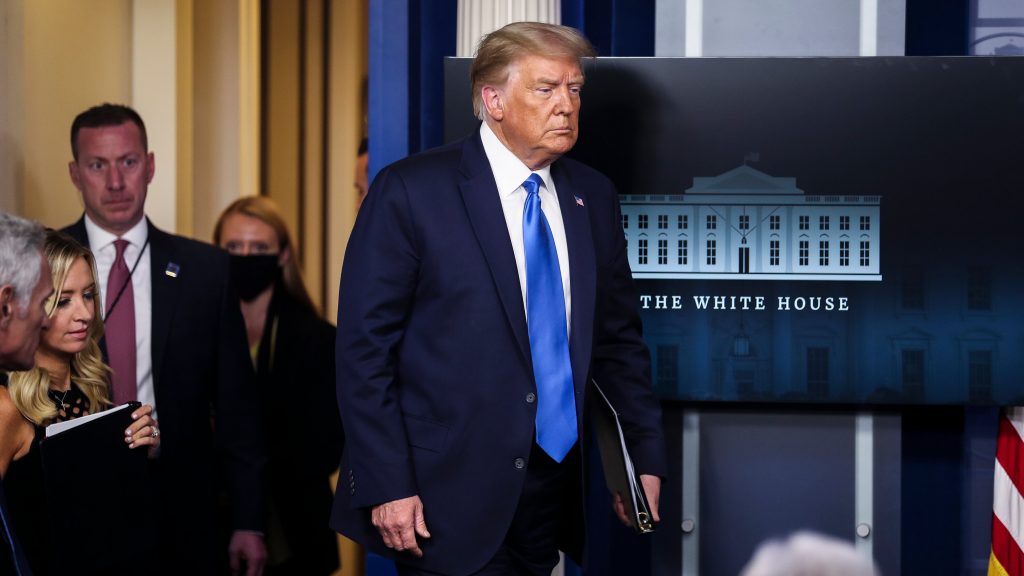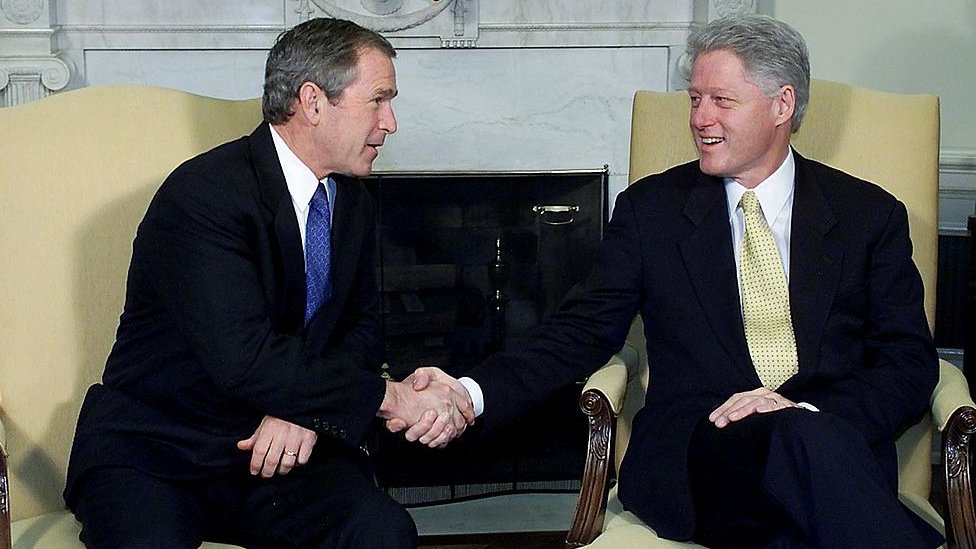Reports from the US suggest that President Trump has finally conceded the elections to Joe Biden and has agreed to start the process of transition. After refusing to concede the elections for weeks after November 3rd, Trump agreeing to start the process of transition is seen as the key to the country’s response to Corona and other challenges. If the transition happens as planned, Joe Biden will take oath of office on January 20, which is almost 11 weeks after the vote counting was done.
But why does the transition of one US President to the next take so long? What happens during the weeks of transition? Is the process as complex as it is made out to be?
Why is the transition period this long?
Though the transition means the handover of important information and duties from one administration to the next, in the United States the transition has a long history due to which each of the dates and activities in the run-up to the oath taking are important to understand. The 11 weeks at present is much shorter than the 20 weeks of transition period which was the practice till 1952 when Dwight D. Eisenhower took over from Harry S. Truman.
The first presidential term began March 4, 1789, when the Confederation Congress officially passed its powers onto the newly elected government. However, George Washington’s inauguration wasn’t held until April 30 of the same year, because (in what would evidently become a recurring American tradition) it had taken longer than anticipated to get the results of the elections. Still, his two terms ended eight years after they began, and his successor was inaugurated on March 4, 1797.
The constitution didn’t initially set a date for the presidential election, but in 1792 Congress passed a law stating that electors would have to be chosen in the 34 days preceding the vote of the electoral college, which was set for the first Wednesday of December. In 1845, Congress then set the Tuesday after the first Monday in November as election day for the first voting state, and later decided all states should vote on the same day.
Throughout the century, the inauguration date remained March 4, with the new presidential term beginning on that day at noon. Having four months between election and inauguration worked very well in the 18th and 19th century. By 1932, advancements in technology made it much easier for the president-elect to move to the White House, making a four-month transition period unnecessary. The 20th amendment moved inauguration day to Jan. 20, which is only about a month after the electoral college vote (this year, it will be held on Dec. 14). The change was the result of a long campaign by senator George Norris of Nebraska, who thought it undemocratic that the people had to wait months to see their elected representative become president.
The process with a shortened transition period was formalised by the 20th Amendment to the US Constitution, adopted in 1933. This amendment moved the beginning and ending of the terms of the president and vice president from March 4 to January 20, thereby also shortening the transition period.

What happens during transition?
A presidential transition is the process during which the president-elect of the United States prepares to take over the administration of the federal government of the United States from the incumbent president. The buffer between the election and the inauguration was maintained to allow the incoming president to prepare the new administration—choosing cabinet members, and other key appointments—and get up to speed with the help of the exiting administration.
The transition formally starts when the General Services Administration (GSA) declares an “apparent winner” of the election after the votes are counted during the first week of November. The declaration of a winner, enables the Congress to release the funds for the transition, and continues till the inauguration day, when the president-elect takes the oath of office. It is after the oath of office that the Presidential powers, immunities, and responsibilities of the presidency are legally transferred to the new president.
Three main things take place – staffing, briefings, and organising the president-elect’s packed schedule. Once the handover officially begins, it’s run by the president-elect’s transition team which has been preparing throughout the campaign. One of the most important elements is the daily security briefing. All major presidential candidates receive some national security information before the election, but these briefings are not as frequent or detailed as the ones received by the president-elect.
Of the 4,000 political positions the incoming administration fills, about 1,200 require Senate confirmation – with the government helping to provide background checks during the transition. The newly appointed administrators help to oversee 2.1 million civilian employees and 1.4 million active-duty military personnel, part of a federal bureaucracy with an annual budget of more than $4.5 trillion.
Troublesome Transition in US history
Though the present US President Donald Trump has delayed in providing the approval for transition from GSA over allegations of voting and counting fraud, this is not the first time the US has witnessed troublesome handovers. Below are a few such instances from US history.

The Ulysses S. Grant – Rutherford B. Hayes transition after 1876 election
The 1876 election between Republican nominee Rutherford B. Hayes and Democrat Samuel J. Tilden is one of the most contentious and controversial presidential elections in American history. There were disputes regarding 20 electoral votes in four states, along with multiple allegations of vote fraud. The elections in each state were marked by electoral fraud and threats of violence against Republican voters; the most extreme case was in South Carolina, where an impossible 101 percent of all eligible voters in the state had their votes counted.
These allegations never seemed to end and made it unclear who would take the office of president on inauguration day. This constitutional crisis was resolved only two days before the scheduled inauguration through the Compromise of 1877 under which federal troops were withdrawn from the South, and the Reconstruction Era was brought to an end.
The Herbert Hoover to Franklin D. Roosevelt transition after 1932 election
The 1932–33 transition from Herbert Hoover to Franklin D. Roosevelt during the Great Depression was controversial not due to allegations of voter fraud or similar charges but due to the strained relationships between the two leaders. After the election, Roosevelt refused Hoover’s requests for a meeting to come up with a joint program to stop the economic crisis and calm investors. The soured relationship between the two guaranteed that Roosevelt took the oath of office amid such an atmosphere of crisis that Hoover had become the most hated man in America, as per US media reports of that time.
During this period, the U.S. economy suffered after thousands of banks failed. The relationship between Hoover and Roosevelt was one of the most strained between Presidents. FDR was also allegedly engaged in various spiteful official acts aimed at his predecessor, ranging from dropping him from the White House birthday greetings message list to having Hoover’s name struck from the Hoover Dam along the Colorado River border.
The Bill Clinton to George W. Bush transition after 2000 election

The transition from Bill Clinton to George W. Bush in 2000-01 was shortened by several weeks due to the Florida recount crisis that ended after the Supreme Court handed down its ruling in Bush v. Gore, which made Bush the president-elect. The Florida election recount of 2000 was a period of vote recounting in Florida that occurred during the weeks after Election Day. The Florida vote was ultimately settled in Bush’s favor by a margin of 537 votes when the U.S. Supreme Court, in Bush v. Gore, stopped a recount that had been initiated upon a ruling by the Florida Supreme Court.
Bush’s win in Florida gave him a majority of votes in the Electoral College and victory in the presidential election.
The US election history has seen 44 Presidential transitions till 2016. The Trump-Biden transition will be the 45th Presidential transition in the country’s history.
